REVIEW : Greak: Memories of Azur (XBOX Series X)
Greak: Memories of Azur is one such case of two-dimensional platformers that manage to catch the eye directly thanks to their attractive visual field. It belongs to this conspiracy of the top Hollow Knight and Cuphead -among other things- depicting a particularly pleasant and “easy” to the eye visual, with hand-drawn graphics and beautiful, soft lines. It offers a first image that undoubtedly shows that there is a passion from the indie development team. Unfortunately, however, it also falls into these cases of games where their main asset is almost limited to the visual field, far exceeding the other components, ultimately holding back the experience as a whole.
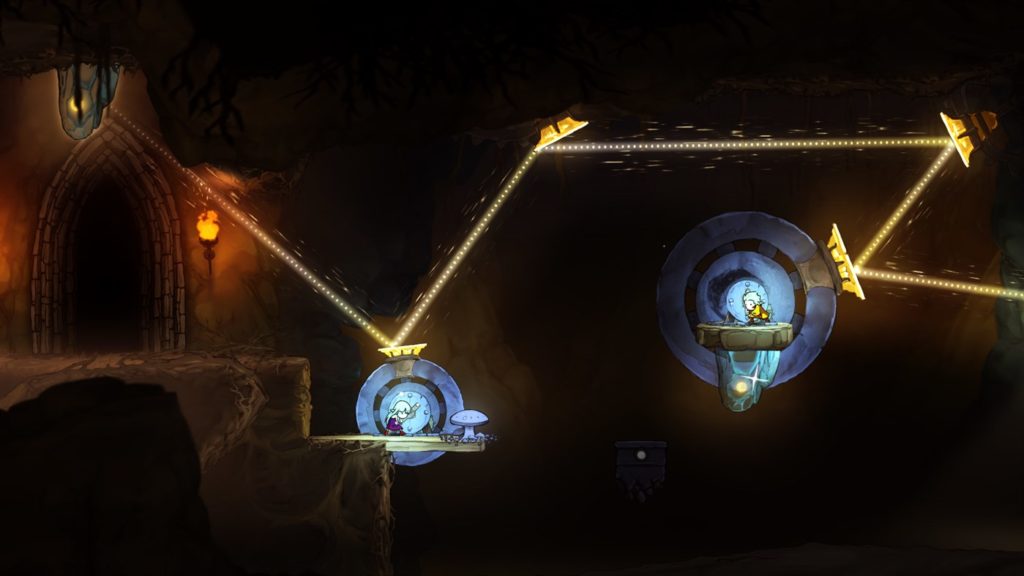
Greak: Memories of Azur is an interesting platformer but its basic gameplay idea, about the collaboration of three characters, often stumbles into its implementation. However, this is not the only flaw in the game (although it is the most basic, we would say) as well as in other areas, such as the script, there are some problems.
The adventure takes place in the mythical world of Azur inhabited by anthropomorphic creatures called “Courines”, who believed that they had managed to fight the threat of the enemy tribe of Urlags. When the latter resumes the raid on the Azur, the Courtines will essentially flee using aerial means to leave their homeland.
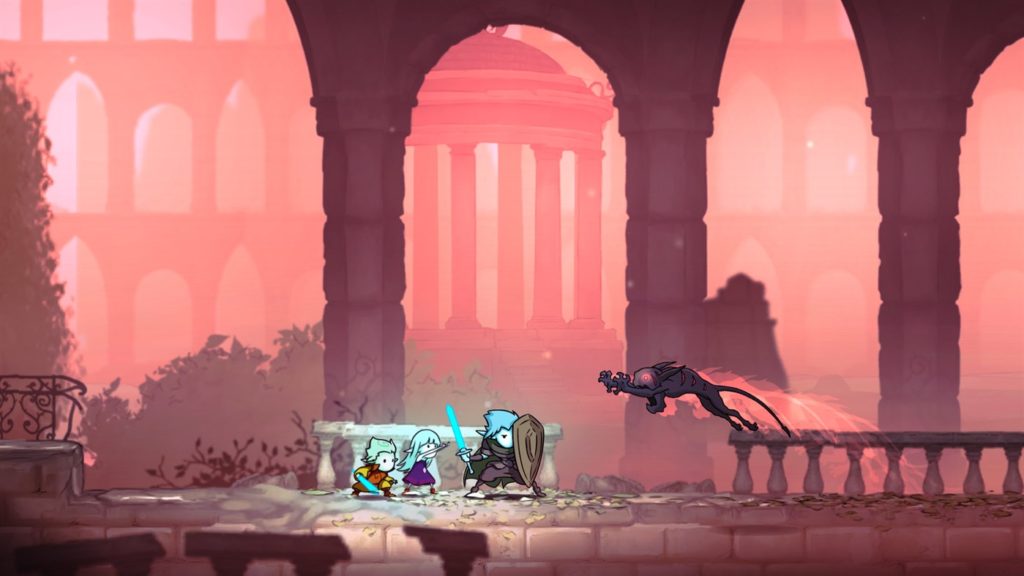
First, we take on the role of the young Greak, who will gradually find his two brothers, continuing together with the path to the salvation of the rest of the Courtines. The script does not attempt to build deep lore, remaining on superficial fantasy paths, providing only a few extra references to older Azur heroes and their courageous actions to repel the Urlags.
This would not necessarily be a problem. However, the overall adventure ends up being particularly restrictive and one-dimensional in terms of our main goal. In the first camp, we will locate one of the workers who will give us our initial objectives regarding repairing an aircraft so that the Courtines can escape the invaders.
At first, this objective seems like an introduction. Still, every time we bring back the right object for the repair, another issue will appear related to the aircraft’s functionality, something that will be repeated several times. In short, the total duration of the game is spent on repairing this board. As a mission, it gives more of the impression of a prologue to a wider adventure that will never come, a feeling that intensifies even more than the rather short duration of about six hours.
The secondary quests that appear following a similar path are few and quite typical, such as the extermination of a specific type and number of enemies to unlock extra offensive moves, which in turn are not particularly interesting. In general, the control of the Greak does not offer any particularity, with the double jump and the dash, as a kind of avoidance, being the overall repertoire of his movements. Of course, we will soon bring Adara, Greak’s sister, to our team, who, instead of using a sword, launches energy bullets and, instead of a double jump, can fly for 2-3 seconds.
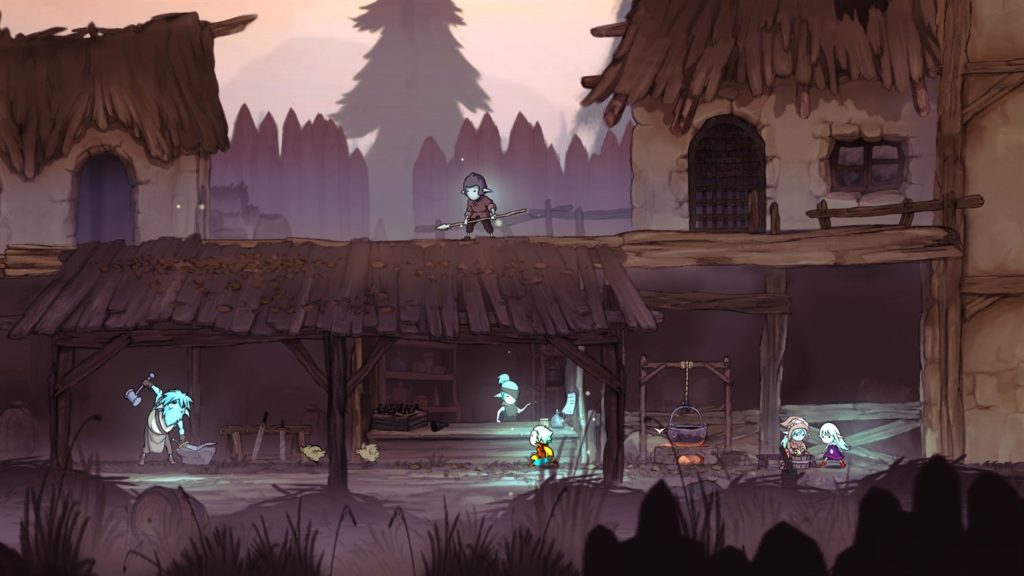
The combination of these two characters leads to various environmental puzzles, which generally range in simplistic paths. The slightest difference in their abilities does not allow creators to experiment with combining their abilities, eventually ending up with typical paths regarding these puzzles.
Holding levers to keep doors open so that the second character can pass underneath is not to say that it is the most exciting thing one can do, but somewhere there are many required cooperative actions.
With the addition of the third brother, the warrior Raydel, the situation becomes slightly better as the use of his shield and his inability to swim utilize to a greater extent the strengths and weaknesses of the heroes. Even in this part, however, the situation remains very simplistic, and it also does not help that the addition of the last brother comes in the last stages of the game.
On the other hand, the handling of each character is very well done, leading to pleasant platforming paths. The challenge is quite low in platforming with well-crafted handling; however, it leads to enjoyable navigation. The part that does not work well is the simultaneous management of two and later three heroes. Unlike Trine, where each character only appeared when we selected it, here all three characters are on the screen simultaneously.
A peculiar control system allows us to control them at the same time at will. Holding the left trigger (we dealt with Greak in Series X), we control all the characters at once if they are 2-3 meters apart. Since each of them has peculiarities in the jumps, it is not possible to control them in extensive pieces at the same time as their distances gradually change while the jumps also require different synchronization.
In addition, by pressing the right trigger, we can command a relatively remote character to come towards us. In this case, however, there is no AI to handle it adequately as it just runs towards us while we have to press the jump or attack whenever needed.
In general, the almost complete absence of AI in the two additional characters is intense and often creates a significant problem in rhythm and battles. Especially when we come to a boss with all three characters, the situation becomes particularly problematic, to the point that it makes us look for the menu in case we have not found any setting.
In the most difficult battles, the other characters will be virtually helpless, with almost impossible the simultaneous management of all the heroes. But there are also issues with the navigation, as the micromanagement often throws the rhythm in vain, especially in places where we have to repeat parts of the level with the second or even the third character as it is often not appropriate to handle them at the same time.
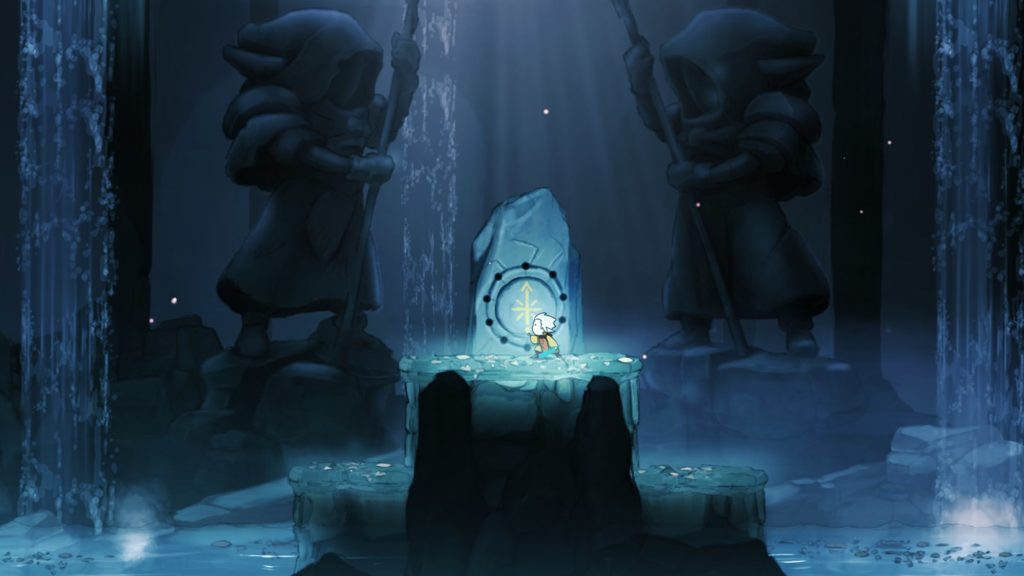
Here we should note that the option for a co-op of any form is absent, a particularly strange lack given the set-up of the game, which gives the impression that it is cut and sewn for a collaborative experience. Although the simultaneous use of 2-3 characters leads to some nice environmental puzzles to justify this mechanism, the overall implementation lags and ultimately breaks the experience.
As for the game’s overall design, the experience is largely linear, with a few doses of backtracking. The short duration of Greak: Memories of Azur means that you will not see many different scenes, but at least, as we said before, its visual field is the biggest asset of the game, transporting us to beautiful scenes. Its design evokes a pleasant fantasy animation, being a part that manages to lift the weight of the experience on its back.

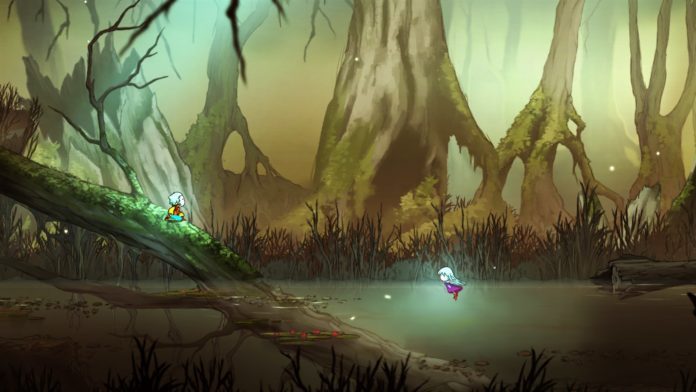











![[Call of Duty News] Ranked Play in Warzone 2.0 — An Overview](https://www.hgunified.com/wp-content/uploads/2023/05/5-100x70.png)
